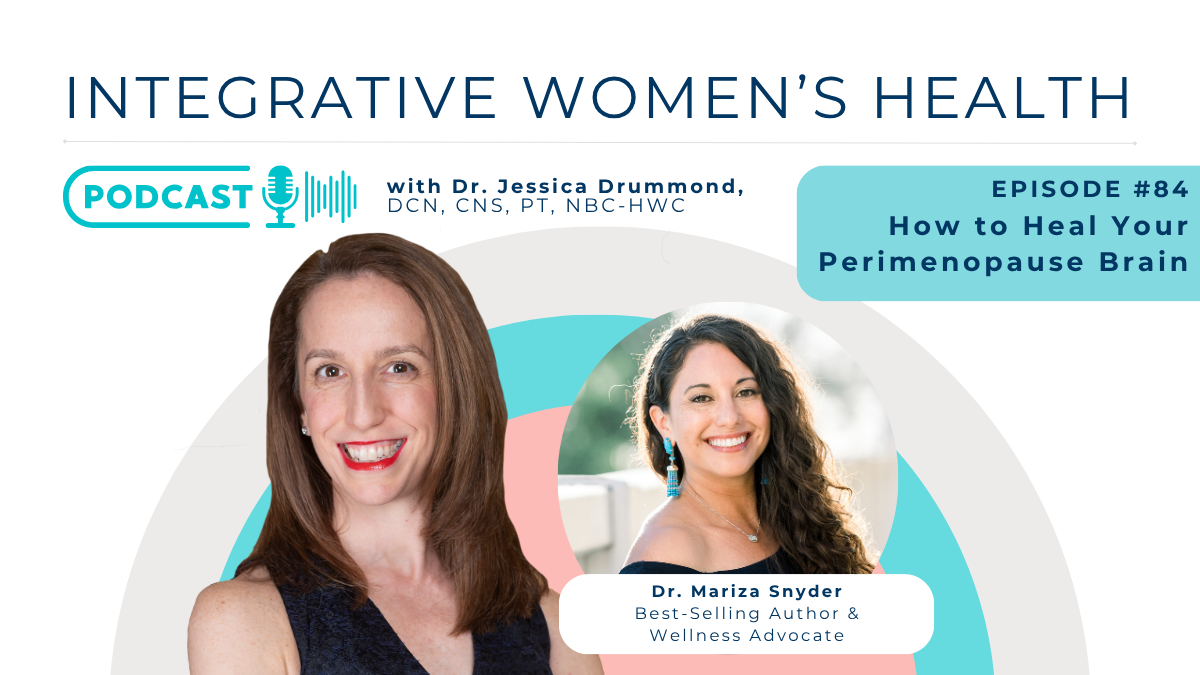Do sunscreen chemicals cause more damage or risk than sun exposure? Sunscreens are highly recommended by dermatologists, let’s talk about safe sunscreen options.
According to Stotarczek and colleagues, modern sunscreens use completely insoluble compounds that are non-toxic and are unlikely to be absorbed.
Living near the beach in Connecticut is interesting because, for more than half of the year, we spend our time at the beach fully clothed because it’s so cold. When that first really warm day hits, everyone heads to the beach and is surprised by how sunburned they get.
Yesterday, my daughter and I spend about an hour in the late afternoon playing at the beach playground and people-watching. We saw lots of sunburns. Ouch!
However, for the past few years, I have essentially avoided or dramatically reduced my sunscreen use due to concerns about chemical toxicity and vitamin D deficiency. Thus, I decided to dig into the important research surrounding this issue…
What is the safest way to protect our skin this summer?
This differs from the Environmental Working Group’s research on sunscreen chemicals, which deems them to have many disturbing ingredients that can contribute to endocrine disruption, allergies, immune toxicity, organ toxicity, and biochemical changes. (EWG, 2014, Skotarczak 2015)
Importantly, data from the National Cancer Institute shows that new melanoma cases have tripled in the United States between 1975 and 2010 (EWG, 2015.) However, the challenge is that the research is conflicting regarding the efficacy of using sunscreen to prevent melanoma and other skin cancers.
In fact, some data shows that sunscreen actually increases some types of skin cancer rates, but the reasons why are unknown. It’s possible that reduced vitamin D levels are the cause, but chemical toxins in sunscreens could be the problem as well.
In a recent review of the interventions used to decrease skin cancer risk in outdoor workers, the authors found that regular skin protection strategies are not commonly used among light-skinned outdoor workers in various countries (Horsham, et al., 2014.)
For example, only 10% of Australian construction workers were found to be using adequate sun-protective equipment. Unfortunately, this review did not consider the risks of sunscreen chemical toxicity. But, it does highlight the fact that…
Sun protection is a complete strategy including using wide-brimmed hats, protective clothing, and limiting time outside during peak sun intensity hours. Sun radiation protection is not just about using the proper sunscreen.
According to Skotarczak’s 2015 paper, there are many positive benefits to UV exposure, including the synthesis of vitamin D3. And, this report also mentions that while UV and infrared radiation (IR) cause photoaging, topical applications of mixtures of antioxidants do reduce the oxidative stress from the IR exposure.
These antioxidants include vitamins C and E, ubiquinone, and grape seed extract. Exposure to UV radiation can both suppress the immune system and promote some cancers, especially after significant exposures in childhood. Interestingly this report also mentions reducing exposure of the retina to blue light radiation by using orange or yellow (amber) glasses.
This is increasingly recommended as well for excessive exposure to blue light from computers, tablets, phones, and other electronic devices.
There are two options for UV protection: physical filters, titanium dioxide, zinc oxide, and chemical filters. “Chemical filters are molecules of an aromatic structure, having a carboxyl group that undergoes isomerization under the influence of absorbed energy from radiation. Rays short, less than 380 nm, are absorbed and converted into thermal energy, while the remaining portion of radiation with a wavelength longer than 380 nm, i.e. visible and IR, is reflected.”
The study by Skotarczak and colleagues mentioned the fact that some of the chemical sunscreens do permeate the skin and are found in the urine and plasma…
“Studies in human volunteers have shown the presence of benzophenone-3 in urine and plasma even four days after the initial topical application of substances on the skin. Finding the substance in the urine suggests its capacity to pass into the circulatory system and its potential effects on other organs or accumulate sites.
The tested concentration was 10%, which is the permitted maximum concentration of benzophenone-3 in the European Union. However, concentrations of benzophenone-3 cannot exceed 6% in the United States as approved by the FDA (Food and Drug Administration). After four days of initial topical application, octyl methoxycinnamate was also observed in human plasma.
The European Union approved concentration, 10%, was used during the study; however, concentrations cannot exceed 7.5% in the United States.” Other chemicals, including PABA, have been found to induce free radicals even without the presence of sunlight in buffered saline.
Skotarczak and colleagues also discussed the risk of using mineral sunscreens composed of nanoparticles of titanium dioxide for it’s potential to penetrate the skin and enter the bloodstream risking DNA damage and increasing cancer risk. However, studies have found that as long as the particles are coated in an organic or inorganic compound they do not permeate the skin or incite immune reactions.
Concerning the potentially estrogenic nature of benzophenones and their association with endometriosis (and potentially other estrogen-dominant conditions including breast cancer.)
At this time the data is weak regarding the causality of this association and where the exposures are coming from (is chemical sunscreen actually the exposure source since this chemical is extremely common in human urine? (Krause, et al., 2012)), but again to take a cautionary approach, these chemicals should be avoided (WebMD Health News, 2012)
While it seems that physical barriers are safer as compared with chemical barriers, which risk irritating the immune system, disrupting the endocrine system, and causing systemic oxidative stress, there is still the challenge of the safety of nanoparticles (Kessler, 2011.)
While it seems that titanium dioxide nanoparticles are not absorbed into the skin in significant quantities, especially when coated, it is less clear whether or not these particles are harmful if ingested or inhaled.
According to the EWG recommendations, sunscreens made with nano and micronized titanium dioxide that are sprays or powders should be avoided. The FDA (Food and Drug Administration) has restricted the sales of powdered sunscreens as of December 2012.
What do I recommend for your safe summer skin protection?
- Think of skin protection as an integrated strategy.
- Maintain healthy vitamin D levels via moderate sun exposure, nutrition, and supplementation.
- Wear sun protective clothing, especially hats, sleeves, and sunglasses when in the sun for a prolonged or intense period of time.
- Eat a diet high in antioxidants.
- Wear a safe sunscreen lotion containing titanium dioxide, while the thick white creams are less acceptable to my kids, they are the safest as they minimize both chemical risk and nanoparticle risk.
- Monitor skin for moles that change or grow. Schedule regular visits to the dermatologist for preventative skin exams.
What are my favorite safe sunscreen options?
For the face, I love Sun Love from Annmarie Gianni. It is slightly tinted and smells lightly like chocolate! Yum!
For other options, you can explore the EWG’s Skin Deep Database for sunscreens with titanium dioxide or zinc oxide as the active ingredients.
Read More Posts About Skin Health:
- Skin Health Benefits of Dark Chocolate and Collagen
- What Causes Acne? Get Glowing Skin from the Root
Resources:
EWG Skin cancer on the rise. Accessed 4/2/2015 https://www.ewg.org/sunsafety/skin-cancer-on-the-rise.php
Kessler, R. (2011) Engineered nanoparticles in consumer products: understanding a new ingredient, Environ Health Perspect, Mar; 119(3): A120–A125.
doi: 10.1289/ehp.119-a120
Krause M1, Klit A, Blomberg Jensen M, Søeborg T, Frederiksen H, Schlumpf M, Lichtensteiger W, Skakkebaek NE, Drzewiecki KT (2012) Sunscreens: are they beneficial for health? An overview of endocrine disrupting properties of UV-filters. Int J Androl, Jun, 35(3), 424-36.
Skotarczak, K, et al. (2015) Photoprotection: facts and controversies, Eur Rev Med Pharmacol Sci, 19(1), 98-112.
WebMD Health News (2012) Study Ties a Common Ingredient in Sunscreens, Nail Polishes, and Lotions to Endometriosis, https://www.webmd.com/women/endometriosis/news/20120511/sunscreen-ingredient-linked-endometriosis accessed 4/2/2015
Additional resources:
https://www.ncbi.nlm.nih.gov/pmc/articles/PMC3084961/







